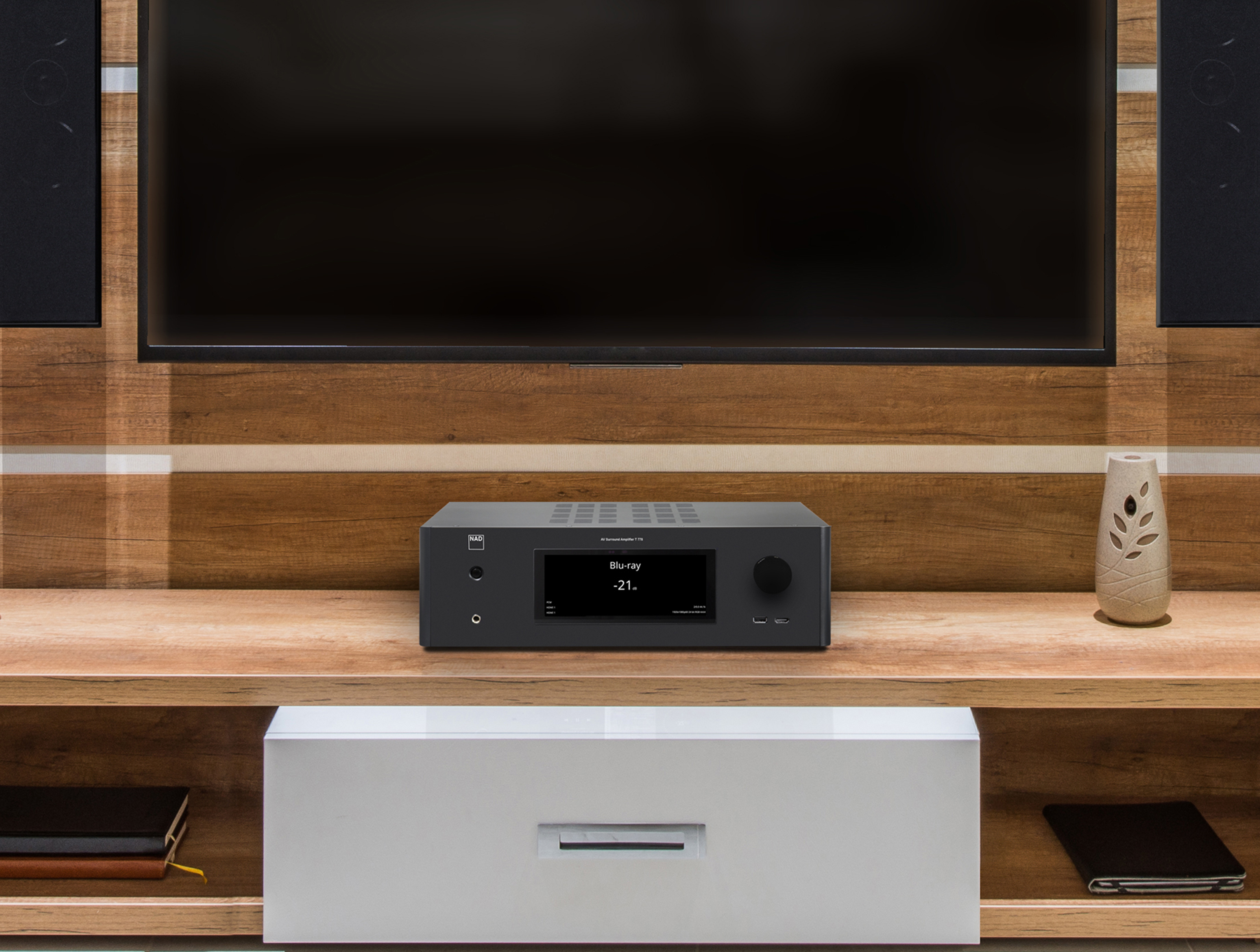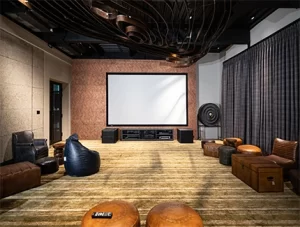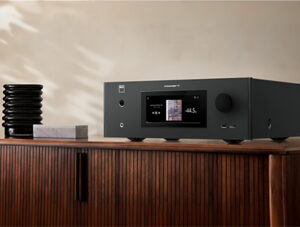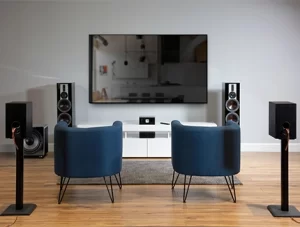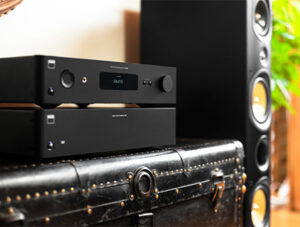For discerning audiophiles yearning for a rich, room-filling audio experience, an integrated stereo amplifier is an essential component. But what exactly is an integrated stereo amplifier, and how does it differ from a traditional amplifier? This in-depth guide dives you into the world of integrated amplifiers (integrated stereo amp), exploring their functionalities, advantages, and whether they’re the perfect fit for your home audio setup.
What is an Integrated Stereo Amplifier?
An integrated stereo amplifier acts as the central hub of a high-fidelity (hi-fi) stereo system. It consolidates two critical functions within a single unit:
- Preamplifier: This section amplifies low-level audio signals from various sources like turntables, CD players, or digital streamers. It also provides volume control, tone adjustments (bass, treble), and source selection.
- Power Amplifier: The power amplifier takes the pre-amplified signal and boosts its power to drive your loudspeakers, delivering clear and powerful sound.
By integrating these functionalities, an integrated stereo amplifier offers a streamlined and user-friendly solution compared to separate preamp and power amplifier setups.
Integrated Stereo Amplifier vs Traditional Amplifier
The key distinction lies in functionality. A traditional amplifier is solely a power amplifier, responsible for boosting the weak signal to a level that can power your speakers. It lacks the preamp functionalities like source selection and volume control.
An integrated stereo amplifier, on the other hand, incorporates both preamp and power amplifier stages within a single chassis. This simplifies system setup, reduces clutter, and often offers improved audio performance due to optimized component matching within the integrated unit.
Benefits of Owning an Integrated Stereo Amplifier
Integrating preamp and power amplifier functions offers several advantages for audiophiles and casual listeners:
- Simplified System Setup
Having everything in one unit streamlines connection and reduces the number of components required. This is ideal for those who prefer a clean and uncluttered audio setup. - Space-Saving Design
An integrated amplifier eliminates the need for separate preamp and power amplifier units, saving valuable space in your listening environment. This is especially beneficial for those with limited space. - Potentially Improved Audio Performance
Manufacturers can meticulously design integrated amplifiers to optimize the interaction between the preamp and power amp stages, potentially leading to superior audio quality compared to mismatched separates. - Cost-Effectiveness
Integrated amplifiers can often be a more affordable option compared to purchasing separate high-quality preamp and power amplifier units. This makes them a budget-friendly choice for achieving excellent audio quality.
Is an Integrated Stereo Amplifier Right for You?
If you desire a high-fidelity music listening experience and plan to use multiple audio sources like a turntable, CD player, streamer, or even television audio, an integrated stereo amplifier is an excellent choice. It provides a powerful, versatile, and user-friendly solution for driving your loudspeakers and achieving exceptional sound quality. Consider including keywords in your search queries like “best integrated amps for hi-fi” or “integrated amplifier vs AV receiver” to find models that best suit your needs.
Integrated Stereo Amplifier vs AV Receiver
However, if you have a simple setup with a limited number of sources or prioritize features like surround sound for movies, a dedicated AV receiver might be a better option. AV receivers typically include features like multi-channel audio processing, HDMI connectivity, and speaker calibration for home theater setups. Be sure to research “AV receiver vs integrated amplifier” to determine which best fits your entertainment needs.
Can You Use an Amplifier Without Speakers?
No, an amplifier, whether integrated or standalone, requires speakers to function. The amplifier takes a weak electrical audio signal and boosts its power to drive the speakers, which then convert that electrical signal into audible sound waves. Without speakers, the amplifier has nowhere to transmit the amplified signal.
Conclusion
Rakhiwala’s Integrated stereo amplifiers offer a compelling solution for audiophiles seeking exceptional sound quality and a streamlined listening experience. By combining preamp and power amplifier functionalities within a single unit, they provide a space-saving, cost-effective, and user-friendly approach to driving your loudspeakers and elevating your music enjoyment. Whether you’re a seasoned audio enthusiast or just starting your hi-fi journey, an integrated stereo amplifier can be the missing piece for a truly immersive and dynamic listening experience.

